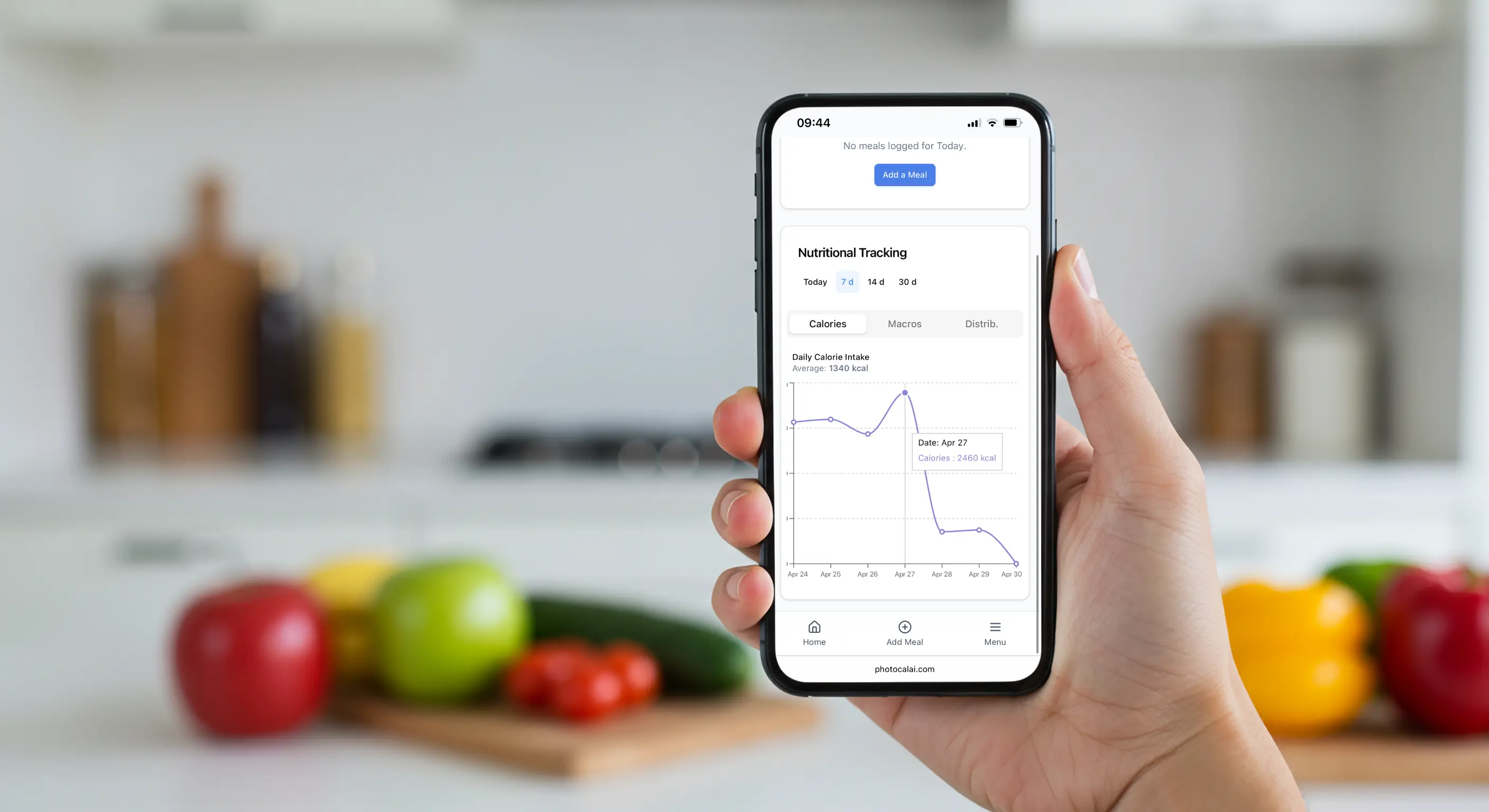How Accurate is Photo Calorie Counting?
It's a common question, and a crucial one. Let's explore the science behind AI-powered photo calorie counters, the factors influencing their precision, and PhotoCal AI's commitment to trustworthy tracking.
The Pillars of Precision: AI, Image Recognition & Databases
The accuracy of a photo calorie counter like PhotoCal AI rests on several interconnected technologies:
1. Advanced Image Recognition
Sophisticated AI models, trained on millions of food images, analyze your photo to identify individual food items. The more diverse and comprehensive the training data, the better the AI becomes at recognizing a wide variety of foods, even in complex dishes. Our AI food tracking engine is core to this.
2. Intelligent Portion Estimation
This is often the most challenging part. AI uses visual cues (size relative to plate, known objects, depth perception if available from advanced cameras) and its training data to estimate the volume or weight of identified foods. Some systems may allow for reference objects to improve this.
3. Comprehensive Food Databases
Once food items and portions are estimated, the system queries extensive, regularly updated nutritional databases to fetch calorie counts, macronutrients (protein, carbs, fats), and sometimes micronutrients. The quality and breadth of this database are vital.
PhotoCal AI's Approach to Accuracy
At PhotoCal AI, we're transparent about accuracy. While no AI is 100% perfect (just like manual tracking isn't always!), we strive for the highest possible precision through:
- Continuous AI Model Improvement: Our models are constantly learning and being refined with new data.
- Focus on Real-World Meals: We train our AI on a wide variety of everyday foods, including complex and mixed dishes.
- User-Friendly Editing: If the AI's estimate needs a slight adjustment, you can easily tweak food items or quantities in seconds. Your input also helps us learn!
- Contextual Understanding: Our AI food tracker aims to understand context, not just isolated items, for better overall meal analysis.

What Influences Accuracy? (And How You Can Help)
Several factors can impact the precision of photo calorie counting:
Factors Influencing AI Estimates:
- Photo Quality: Clear, well-lit photos from a good angle work best. Blurry or poorly lit images can confuse the AI.
- Food Complexity: Simple, distinct food items are easier to identify than heavily mixed dishes or those with hidden ingredients.
- Unusual or Novel Foods: If a food is very unique or not widely represented in training data, accuracy might be lower initially.
- Portion Ambiguity: Sometimes, visual cues for portion size can be misleading even for humans.
Your Role in Maximizing Accuracy:
- Provide Good Photos: Ensure your meal is clearly visible. Avoid shadows or obstructions.
- Review & Adjust: Take a moment to check the AI's suggestions. If something looks off, quickly edit it. This ensures your log is accurate.
- Be Specific if Editing: If you change an item, being more specific (e.g., "whole wheat bread" vs. "bread") helps.
- Consistent Use: The more you use an app like PhotoCal AI, the better it can potentially learn your common meals (depending on app features).
A Note on Perfection vs. Progress
Aim for "directionally correct" and consistent tracking rather than absolute 100% perfection with every single log. Photo calorie counters provide a massive leap in convenience and good general accuracy, which is often far better and more sustainable than inconsistent manual tracking or no tracking at all.
Trust Your Tracking with PhotoCal AI's Intelligent Approach
We're committed to providing a highly accurate and user-friendly photo calorie counting experience. See for yourself how our AI technology can simplify your health journey.
Start Your Free Trial and See the Accuracy